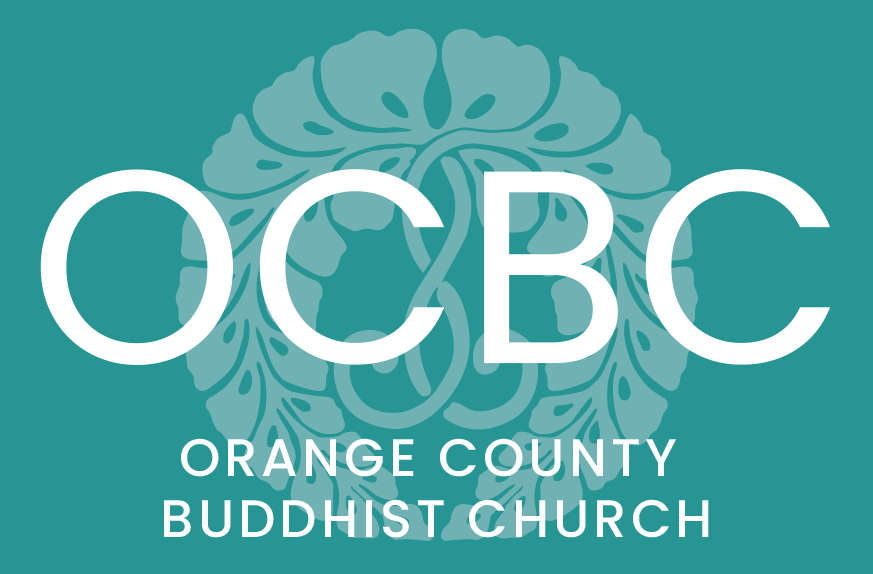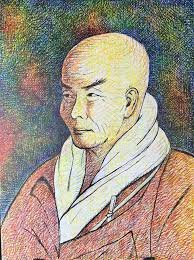Shinran as an Innovative Pure Land Master
Paving the Way for Universal Accessibility to Spiritual Awakening
In the vast landscape of Buddhist history, few figures have had as profound an impact as Shinran, the founder of the Jodo Shinshu tradition. Known for his innovative approach to Pure Land Buddhism, Shinran’s teachings emphasized the accessibility of spiritual awakening for all people, regardless of their social status, gender, or previous spiritual experience. By revering Amida Buddha and developing a unique path to spiritual liberation, Shinran not only reshaped the practice of Pure Land Buddhism but also brought a message of inclusivity and compassion that resonates deeply with people in contemporary society.
The Foundation of Jodo Shinshu: The Accessibility of Awakening
Pure Land Buddhism, which focuses on the veneration of Amida Buddha, offers a path to liberation through reliance on the Buddha’s compassion and vows, especially the vow that anyone who sincerely calls upon Amida’s name (the nembutsu) will be reborn in the Pure Land—a realm where perfect enlightenment can be fully realized. While the doctrine itself is not unique to Shinran, his interpretation and teachings about it were revolutionary.
Prior to Shinran, Pure Land practices were often reserved for monks and other elite religious practitioners, and the recitation of the nembutsu was considered a spiritual tool primarily for those with high levels of discipline and moral conduct. However, Shinran’s innovation was in his emphasis that spiritual awakening was accessible to all, regardless of their moral achievements, social standing, or personal limitations. He taught that liberation did not depend on one's ability to perform arduous practices or adhere to complex precepts, but instead on a simple, heartfelt reliance on Amida Buddha's compassion.
Shinran argued that humans, by nature, are flawed and bound to their ego-driven desires. However, Amida Buddha's vows offered liberation not as something earned through personal merit, but as a gift of boundless compassion freely available to all. For Shinran, the praxis of reciting the nembutsu—“Namo Amida Butsu” (I take refuge in Amida Buddha)—was a manifestation of one's deep trust in Amida's vow and an expression of gratitude for the Buddha’s deep compassion.
This shift in focus was not just theological; it was a spiritual revolution that empowered ordinary people to recognize their inherent worth and possibility for transformation. Shinran's teachings dismantled the barriers of exclusivity in religious practice and made Buddhism a path that anyone, from the emperor to the peasant, could walk with equal potential for spiritual awakening.
Marriage and Women’s Potential for Spiritual Awakening
One of the most striking aspects of Shinran's life was his marriage to Eshinni, his spiritual partner. In an era when monasticism was the ideal, and Buddhist monks were expected to remain celibate, Shinran’s decision to marry and raise a family was groundbreaking. His relationship with Eshinni was not merely a personal choice; it was a profound statement about the role of women in the spiritual community and their potential for awakening.
In the context of Buddhism during Shinran’s time, women were often relegated to secondary roles in religious practice. Despite this, Shinran recognized the importance of Eshinni not only as his wife but also as a fellow practitioner who was capable of achieving spiritual awakening. His decision to marry, and his public acknowledgment of Eshinni’s spiritual contributions, challenged traditional notions of gender roles in religion and established a progressive model for women’s involvement in the spiritual community.
Shinran's marriage to Eshinni was also reflective of his understanding of the interconnectedness of all beings. For him, spiritual liberation was not a solitary endeavor but something that could be shared and cultivated within the context of family and community. The couple’s partnership in both spiritual and everyday life represented a deep commitment to the principle of compassion, and it highlighted the importance of human relationships as a context for realizing the wisdom of Amida Buddha.
Moreover, Shinran’s view of women’s spiritual potential was revolutionary in the context of the time. While traditional Buddhist teachings often relegated women to inferior roles in the pursuit of enlightenment, Shinran’s inclusive approach emphasized that all beings—regardless of gender—were equally capable of achieving spiritual liberation. By recognizing Eshinni as an equal partner in his spiritual journey, Shinran elevated the status of women within the Pure Land tradition and set the stage for future generations of women to engage in spiritual practice without fear of discrimination or limitation.
A Message of Hope for Contemporary Society
Shinran’s teachings are not just an important part of Buddhist history; they carry profound relevance for contemporary society. In a world that continues to grapple with issues of inequality, exclusion, and division, Shinran’s message of universal accessibility to awakening offers a beacon of hope and transformation.
Today, many people feel disconnected from the spiritual life due to social, cultural, or personal barriers. Whether it’s a sense of unworthiness, the burdens of everyday life, or the pressures of societal expectations, countless individuals believe that Buddhahood is a distant ideal reserved for an elite few. Shinran’s teachings remind us that Buddhahood is not a privilege for the select few but a gift available to all. His revolutionary concept that even those who are caught in the cycle of suffering and delusion can be liberated by Amida Buddha’s compassion is a powerful antidote to the despair many feel in the modern world.
Furthermore, Shinran’s inclusive and compassionate approach to spirituality is deeply relevant to contemporary discussions about gender equality, social justice, and the importance of human connection. In a time when the struggles for women’s rights and equality continue to unfold, Shinran’s recognition of women as capable of achieving Buddhahood provides a source of strength and inspiration. His teachings challenge the cultural and religious norms that often limit women’s potential and encourage a more inclusive and compassionate vision of spirituality, where everyone, regardless of their background or gender, can find the path to awakening.
Shinran’s revolutionary ideas about the accessibility of liberation and the spiritual equality of all people are especially significant in an age where many are seeking to reconnect with a sense of purpose and belonging. His teachings invite us to move beyond the barriers of exclusion and embrace a more compassionate, inclusive, and hopeful vision of the world, where all beings can find their way to attaining Buddhahood.
Conclusion
Shinran’s innovation in the development of Jodo Shinshu and his emphasis on the accessibility of spiritual awakening for all people remain profound contributions to Buddhist thought and practice. By making Pure Land Buddhism available to all and recognizing the spiritual potential of women, he reshaped the landscape of religion and paved the way for a more inclusive, compassionate, and hopeful path to spiritual awakening. In today’s world, where many feel disconnected and divided, Shinran’s teachings offer a message of universal liberation, compassion, and the transformative power of Amida Buddha’s vow. His legacy continues to inspire millions of people to walk the path of Buddhahood, confident in the knowledge that they are worthy of Amida’s boundless love and compassion.
When one thought-moment of joy and gratitude awakens in us,
We shall experience liberation without serving blind passions.
When ignorant and wise people, including grave offenders and slanderers of the Dharma, are in the grasp of the Vow,
They are like the waters that, on entering the ocean, become one in taste with it.
[Verse on True Shinjin and Nembutsu, OCBC Service Book p.84.]
Namo Amida Butsu

